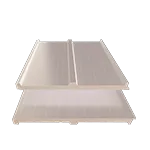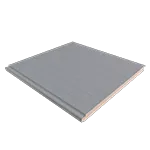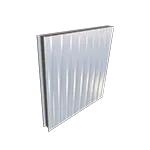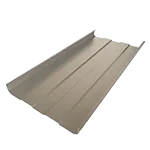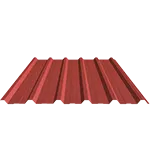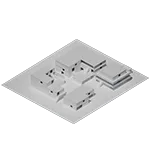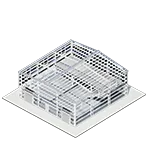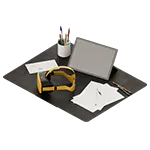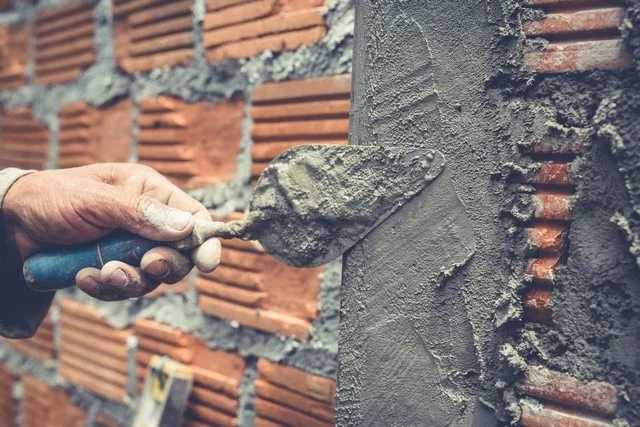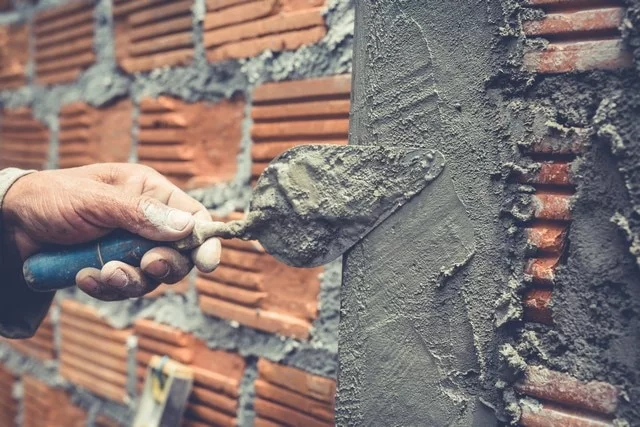
A glance at one of the traditional construction systems that we still use assiduously today: Bricks. As a material and constructive process of thousands of years, it is still used as the first option when it comes to executing construction projects. This is not a bad solution for some cases, but it is important to know the advantages of new systems such as sandwich insulating panels. This solution achieves important savings not only financially, but also in terms of time and more efficient technical performance in bioclimatic control.
Thousands of years ago, brick walls made sense
About 11,000 years ago an orthohedral material arose, which throughout all this time has evolved in terms of its dimensions and the way of producing it, but its essence continues and remains exactly the same, and that is: the brick. Bricks (concrete or stone blocks) are one of the materials traditionally most used in the construction of buildings. Approximately four bricks are needed to raise a square foot of wall. Of course, this amount depends on the measurements of each brick, which vary according to regions or typologies, even so, it shows us the enormous effort it takes and time necessary for a person to place them correctly until the whole job is completed.
It is surprising how this rudimentary element is still the key piece for the erection of buildings today. This construction system implies great effort, slow advancement, tardy completion of projects, great material waste, intensive use of labor, and more disadvantages that don’t seem to be in accordance with the 21st century.
This is happening in an era where online collaborative drawing software is more common every day, virtual reality for the verification of construction processes and presentation of projects is widely adopted, and augmented reality is used to merge graphic information with the real world. All these are the day-to-day of many architectural studios, but when it comes to working on a building, we continue to use that ancient piece called brick.
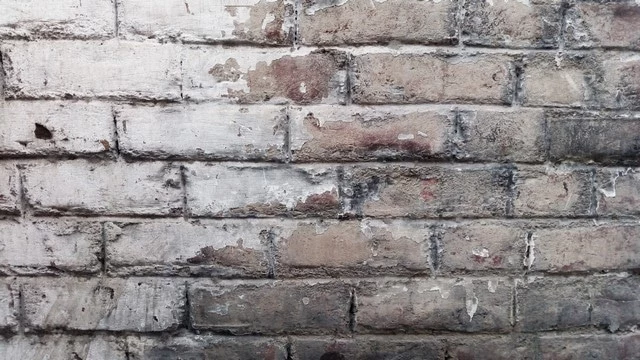
It’s about time for new ways of building
I do not mean to say that something that has survived for so long should be discarded all of a sudden. Rather, we must ask ourselves the question: why have we not evolved in the use of new construction materials? There are countless new components, alternative products, and environmentally efficient supplies, with cleaner construction processes and a significant reduction in execution times. But apparently today, there is a reluctance to use these new alternatives.
I believe it is time to rethink and demand from architects the search for materials that are suitable and respectful to the context in which it is built. The solutions should not take us in one sole direction, but in many, ranging from the use of bamboo or burned wood techniques to modular composite systems developed in laboratories, which take advantage of recycled materials. Pre-engineered materials are obviously an option to consider, especially sandwich panels (aka. insulated panels)
It is time to open our minds to research, develop, and experiment with new construction systems to start leaving behind the ineffectiveness of the bricks or blocks. It is an opportunity to evolve and go one step further in taking advantage of the accessible and sustainable resources of our contexts, avoiding the extrapolation of construction systems used in other countries with radically different environmental and climatic conditions. Let’s say yes to new construction systems, but take into account the environment in which they will be used. This is why we cannot speak of one single solution, a fact that would encourage the research and development of ad-hoc materials.
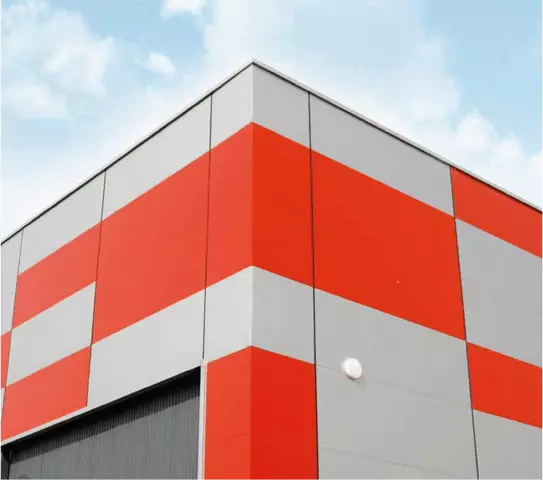
Here’s an alternative to bricks
Insulated panels are one of those solutions that can contribute to the use of new construction systems. This type of material is the perfect complement for structural steel systems, which also replace the traditional building.
Thermal transmission properties, acoustic insulation, outstanding fire resistance, sustainability benefits, small need for a workforce, and great ease of installation are just some of the advantages that insulated panels can bring to your constructive solutions.
These sandwich panels have great versatility to adapt to diverse shapes and layouts, have significant affordable assembly costs, plus their long-lasting durability.
We have been using these for years in the industrial/commercial sector where it has demonstrated its advantages over the traditional brick system. We only need a pinch of creativity and commitment to innovate in order to use these materials or other alternatives to different types of projects such as apartment buildings, homes, or maybe even monuments! Why not?!
Maybe when you read this, some projects are already being hatched with this or other new construction systems… I really hope that is the case.
